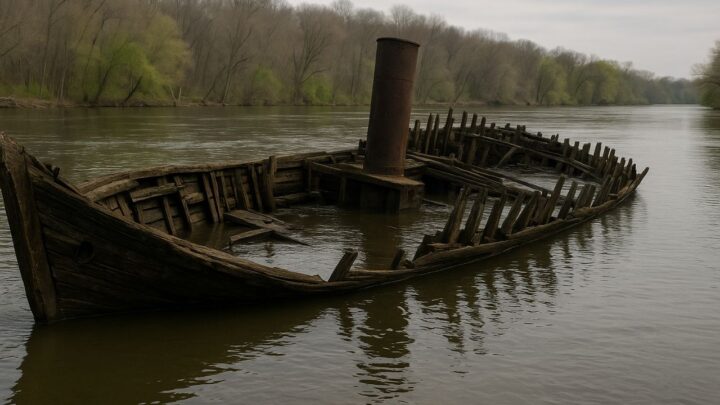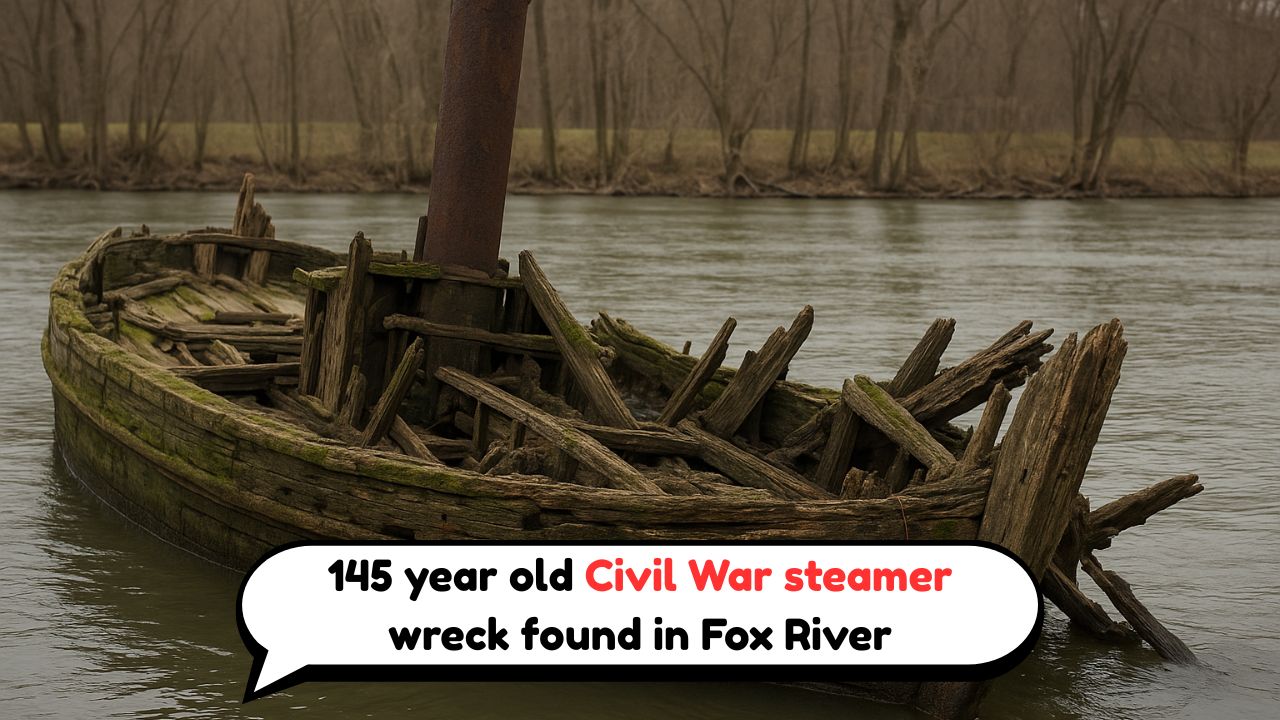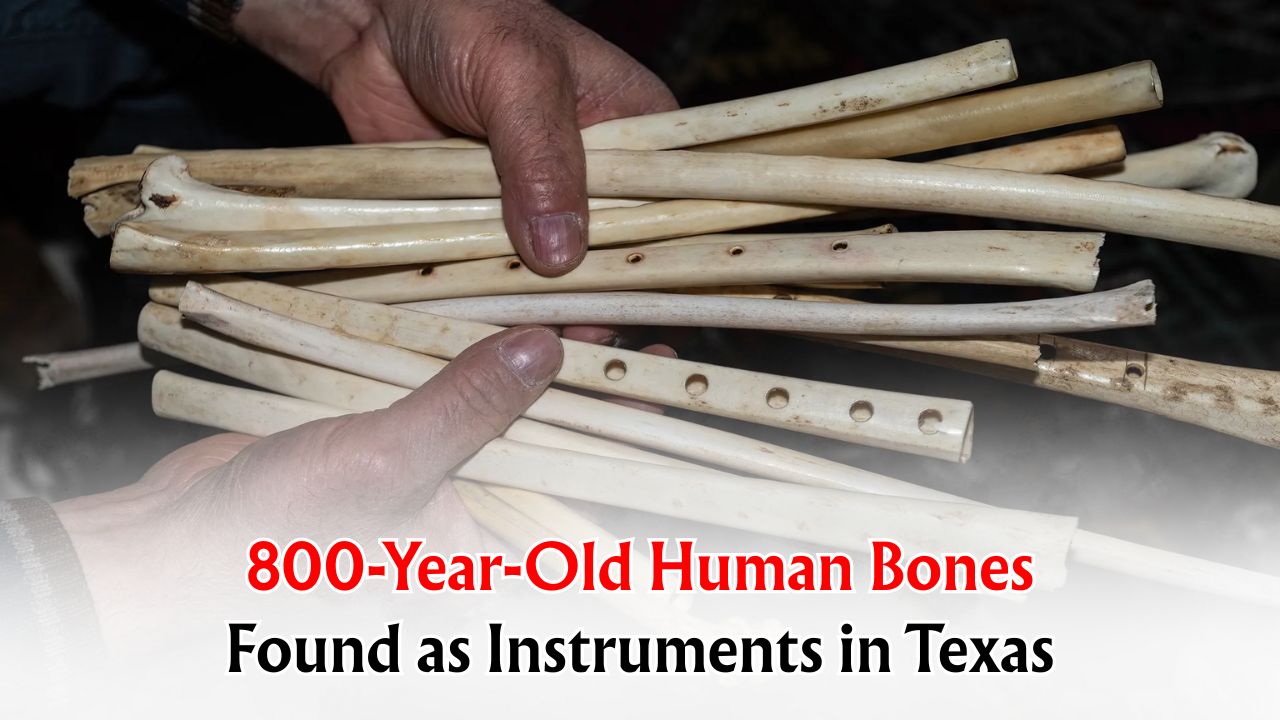Old Civil War Steamer Shipwreck – The sudden discovery of a 145-year-old Civil War–era steamer in the Fox River has electrified local historians and thrilled underwater archaeologists. Buried beneath shifting silt and concealed by murky currents, the vessel appears astonishingly intact for its age, with sections of the hull, ribbing, and paddle machinery still recognizable through the gloom. Initial dives suggest the steamer may have been a shallow-draft transport that worked the river network during the late-war and Reconstruction years, ferrying goods, timber, and passengers between booming mill towns. What stunned researchers most was the state of preservation: cold freshwater, low oxygen, and decades of sediment created a protective cocoon that slowed decay. The team used side-scan sonar to flag the anomaly, then confirmed the silhouette with ROV footage before descending for a closer look. Now, conservation experts are racing to stabilize exposed timbers, document fragile artifacts in situ, and map the site before currents, anchors, or souvenir hunters can disturb this time capsule.

How the Hidden Wreck Was Found Beneath a Busy River
Finding a nineteenth-century steamer in a river crossed daily by anglers, kayakers, and barges sounds improbable, but the clues were hiding in plain sight. Local boaters had long reported a “snag” that tugged at lines after heavy rains, and a bend in the channel consistently piled up driftwood in unnatural ways. A volunteer survey crew ran a routine sonar sweep while testing new equipment and noticed a symmetrical shadow with right angles—rare in nature, common in shipbuilding. Multiple passes produced a crisp outline: a narrow hull, probable paddle assemblies, and a collapsed superstructure fanned across the riverbed. Divers entered cautiously, guided by a tether and floodlights, to avoid stirring silt that can erase visibility in seconds. They marked key features with reference tags, captured overlapping video for photogrammetry, and collected environmental readings. Together, those data points formed a compelling case that this wasn’t random debris, but a coherent, historic vessel preserved by luck and layered sediment.
What Early Surveys Reveal About the Steamer’s Design and Story
Although full identification will take weeks, early measurements suggest a shallow, flat-bottomed design ideal for rivers that rise and fall with the seasons. The framing shows evidence of repair, hinting at a hard-working craft that endured frequent groundings or ice pressure. Divers noted iron fasteners, charred plank edges near the boiler space, and fragments of ceramic jugs embedded in silt—possible galleyware or cargo remnants. A partial paddle wheel hub, pinned under collapsed decking, supports the steamer theory, while traces of coal and clinker near the machinery bed match late nineteenth-century fuel use. If archival rumors hold true, the boat may have shuttled wartime surplus and later served logging camps, hauling cordwood, grain, and passengers as frontier towns exploded along the river. Researchers will compare construction details with regional shipyard ledgers, newspaper shipping notices, and insurance registers, hoping to match dimensions, ownership, and fate. Each fastener pattern, timber species, and tool mark is a breadcrumb pointing toward a name.
The Science Plan: Dating, Mapping, and Preserving a Fragile Time Capsule
Archaeologists are prioritizing “record before recovery,” a gold standard that preserves context even if artifacts must remain underwater. High-resolution photogrammetry will turn thousands of overlapping images into a precise 3D model, letting researchers measure timbers and simulate structural loads without moving a single plank. Dendrochronology—tree-ring dating—may pinpoint when and where the hull’s oak was harvested, while residue analysis on boiler deposits could reveal fuel sources and operating temperatures. Sediment cores will help reconstruct the river’s shifting course, explaining how the wreck silted over so completely. Conservation chemists are already testing water chemistry to plan for controlled desalination and polyethylene glycol treatments should small wooden artifacts be lifted. Crucially, any intervention will be minimal and reversible, guided by conservation ethics. The team also intends to leave sacrificial monitoring coupons to track decay rates over seasons, enabling data-driven decisions instead of hasty, potentially damaging recoveries.
Community, Compliance, and What Happens Next on the Fox River
Historic shipwrecks don’t exist in a vacuum—they sit at the crossroads of law, heritage, and local identity. The project leads have notified state authorities, tribal cultural officers, and the Coast Guard to secure the site and establish no-anchor zones while surveys continue. Public interest is sky-high, so a careful outreach plan is underway: expect museum pop-ups with 3D prints, classroom lesson kits, and a web portal where residents can explore the evolving digital twin. Importantly, excavation is not guaranteed; many river wrecks are best protected in place, especially when exposure risks escalate once timbers meet air. If conditions permit, small diagnostic lifts—fasteners, a nameboard fragment, or stamped machinery plates—could clinch identification without dismantling the hull. Meanwhile, volunteers are being trained in site stewardship, shoreline reporting, and artifact recording protocols. With science, community, and good policy aligned, the Fox River’s newly found steamer can remain both protected and profoundly accessible for generations.






